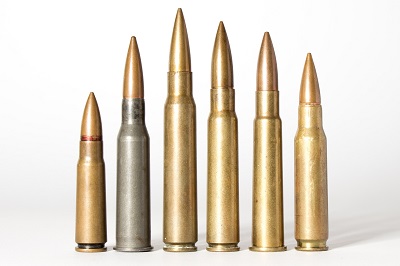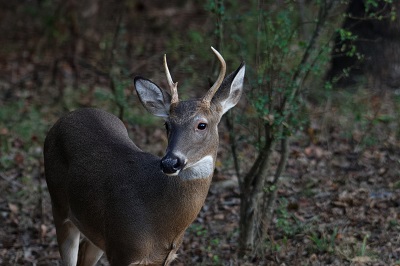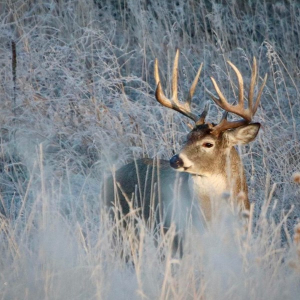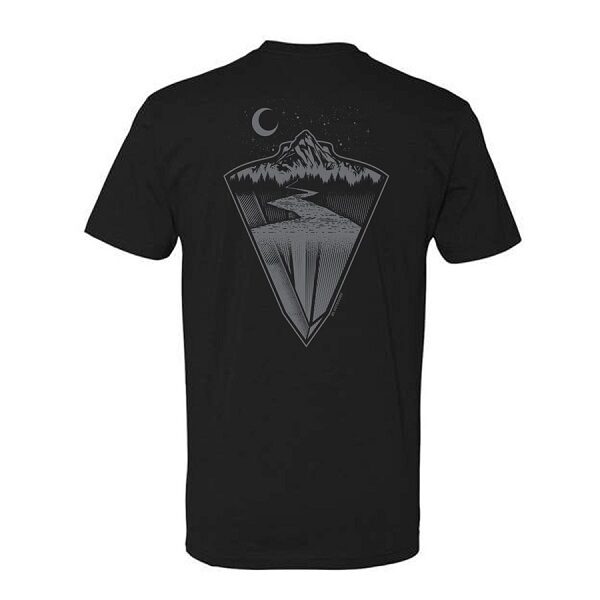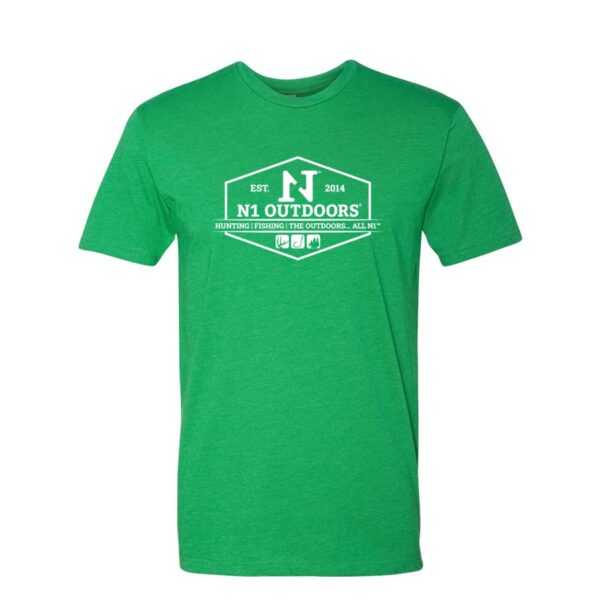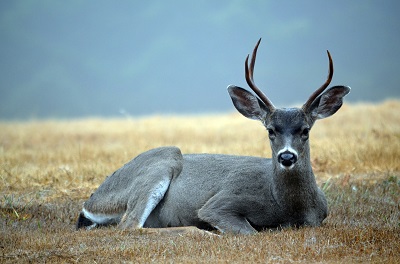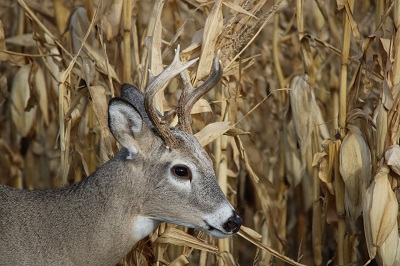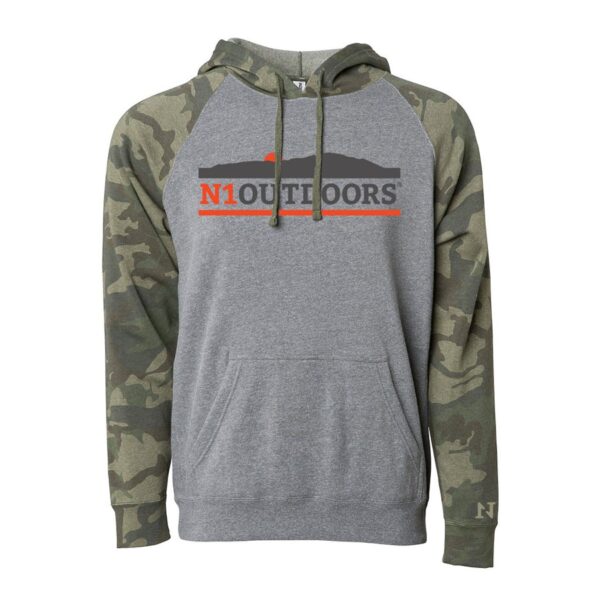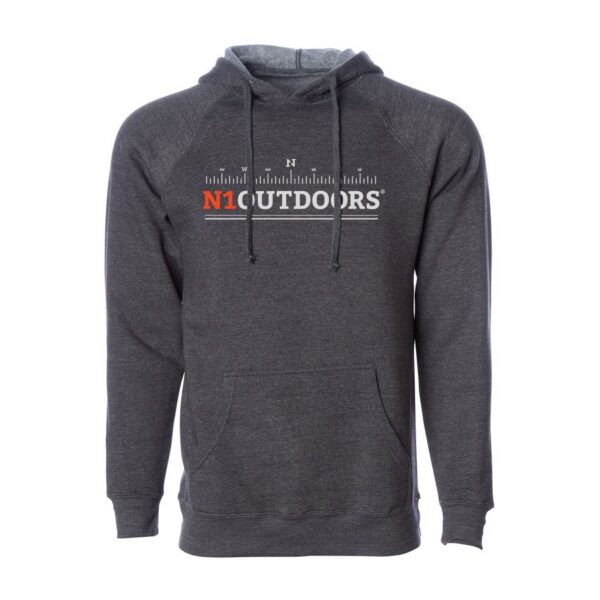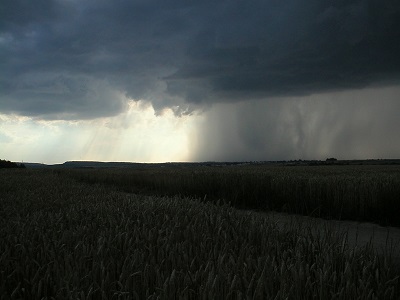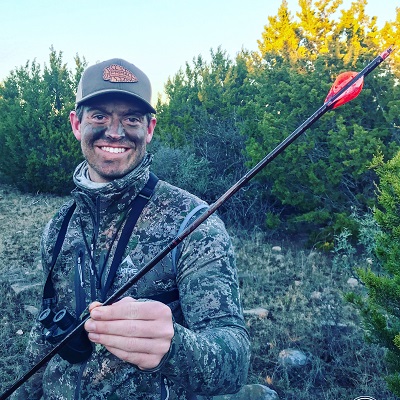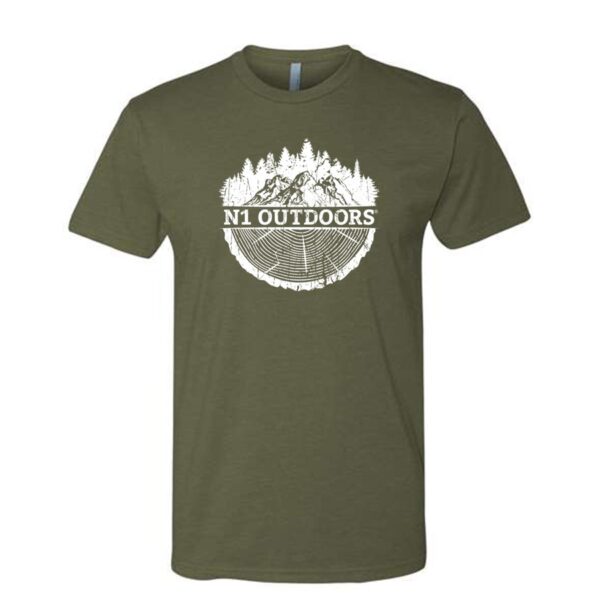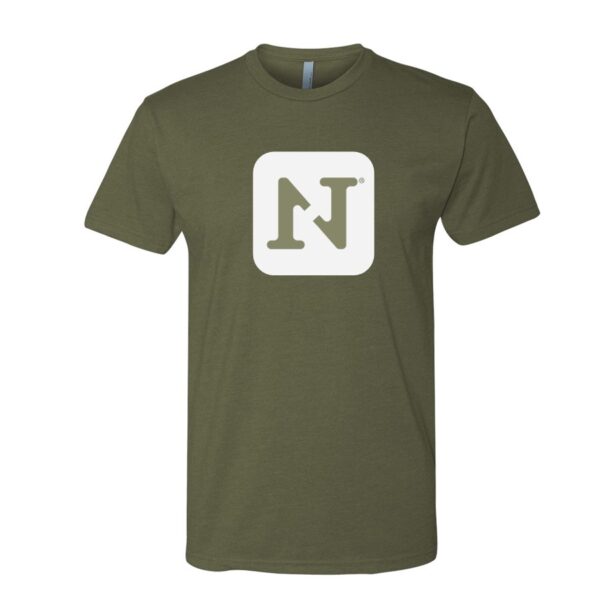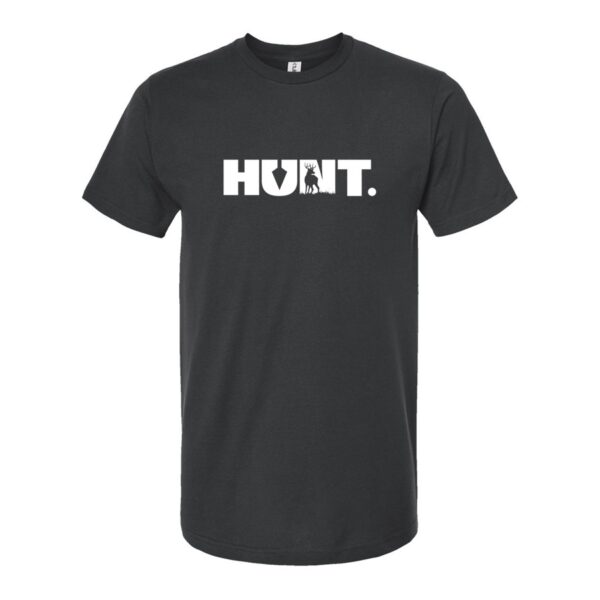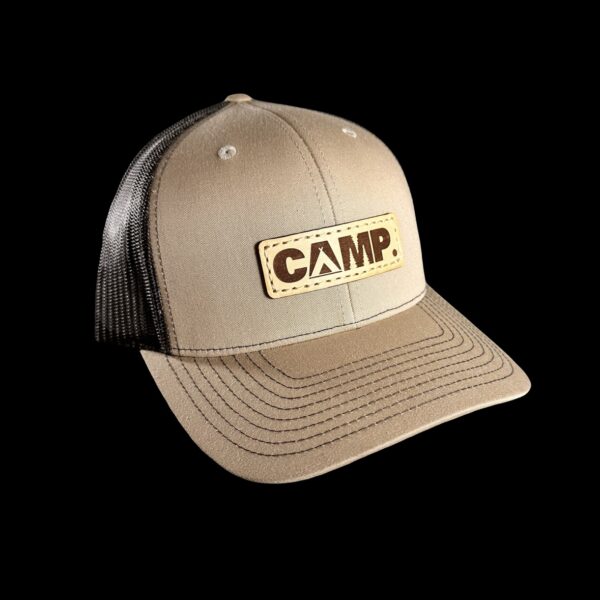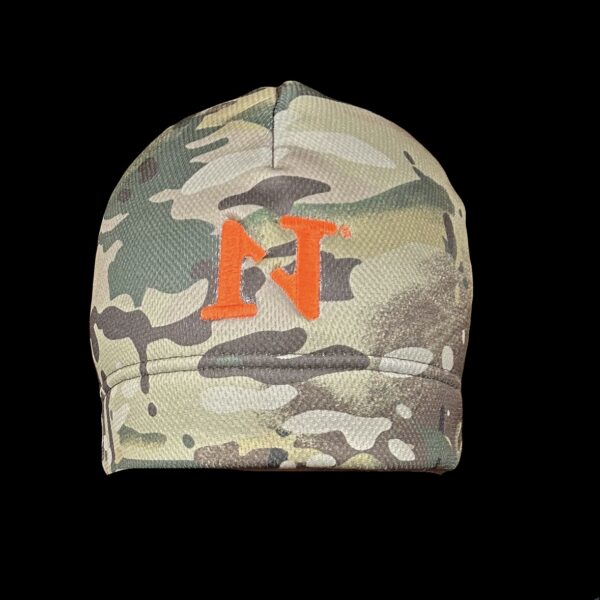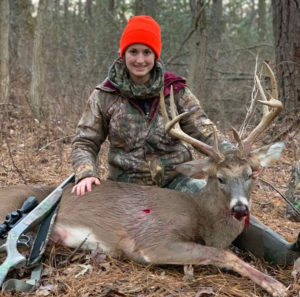There is often a dispute on what hunting method yields better results; bow hunting or rifle hunting?
As long as you have the basic knowledge on how to hunt with either, you will likely succeed.
But, if we zero in on rifle hunting for deer, the decades-old (and often heated) debate is, which caliber is best? Well, just like bow hunting vs. rifle hunting… if you know your calibers well, there are many that can be effective.
Best Deer Hunting Caliber?
There is probably no single best cartridge for deer hunting that can be agreed upon by all hunters. However, there are many great deer hunting calibers out there. Many hunters also expand their variety of calibers over the years.
- .30-06 Springfield
- .243 Winchester
- .270 Winchester
- .308 Winchester
- .25-06 Remington
- .35 Remington
- .30-30 Winchester
In choosing the best hunting rifle caliber for you, it is important to find a balance between something that is easy on both the shoulder and the wallet. Below are a few of the best.
.30-06 Springfield
The .30-06 Springfield cartridge is one of the most commonly used calibers for deer hunting. Dr J.Y. Jones had successfully taken all the North American game species with a Remington rifle in .30-06! This alone is a huge testament to the cartridge.
The .30-06 is not only popular in taking big game in North America, but it is also one of the most popular cartridges worldwide.
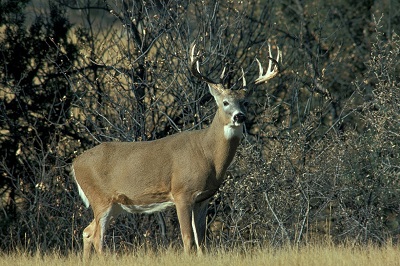
What is best rifle caliber for deer hunting? Well, that depends on your shooting distance, how much recoil you can handle and other factors.
The reliability of this cartridge has remained for many years. It was introduced to the United States Army in 1906 and served the United States in both World Wars as well as the Korean war.
The .30-06 was introduced after the .30-03. The case was shortened from the ‘03 case of 2.540” to 2.494” and topped up with a 150-grain flat base bullet at 2,700 feet per second.
Rifle hunters often compare other cartridges to the .30-06 because of how famous it still is even after all these years.
The muzzle velocity is 2700 feet per second with muzzle energy of 2719 ft. lbs. It works efficiently within a range of approximately 575 yards. Hence, it is good if you plan to hunt deer from long range.
This cartridge has been used in famous rifles like the bolt-action M1903 Springfield rifle, the semi-automatic M1 Garand and many machine guns.
The .30-06 is one of the most versatile cartridges as well. Its power and versatility make it a popular choice for rifle hunting in North America, especially for larger game like deer.
.243 Winchester
The .243 cartridge has faithfully served its role in hunting game since 1955. It is popular among many new deer hunters today.
The .243 Winchester is one of the better calibers that yields excellent results. It has a muzzle velocity of 2960 feet per second with an energy level of 1945 ft. lbs. The most efficient range is within 350 yards.
Since the 1960s, the .243 Winchester has been by far the most widely used caliber for shooting small and woodland deer in the UK.
One of the advantages offered is that it has mild recoil compared to the other cartridges. This is especially good for beginners who are still getting the hang of hunting and is also a good caliber for the experienced hunter, as it helps avoids bruising of the shoulder or cheek.
Since it has gained substantial popularity among hunters internationally, the ammunition and components are universally available which makes it easy to buy. They can be found in almost any gun shop and they are also not high in cost.
The only setback is probably that the maximum hunting bullet weight is up to 100 grains in most factory ammunition. This cartridge produces a velocity of 2960 feet per second with a 100 grain projectile from a 24 inch barrel.
-
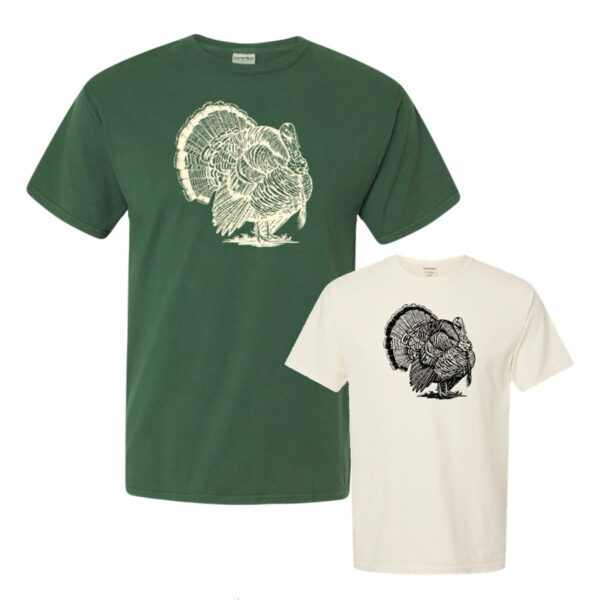
N1 Outdoors® Spring Showman™ Turkey Tee
$26.99 – $32.99 Select options This product has multiple variants. The options may be chosen on the product page -
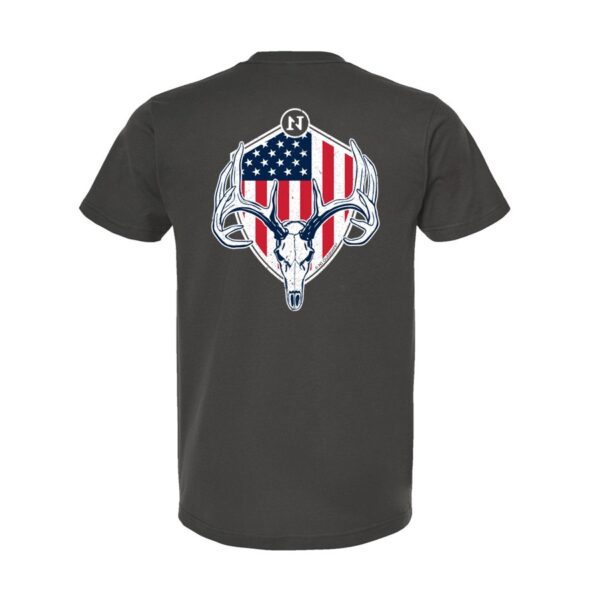
N1 Outdoors® “USA Antler” Tee
$24.99 – $28.99 Select options This product has multiple variants. The options may be chosen on the product page -
Sale!
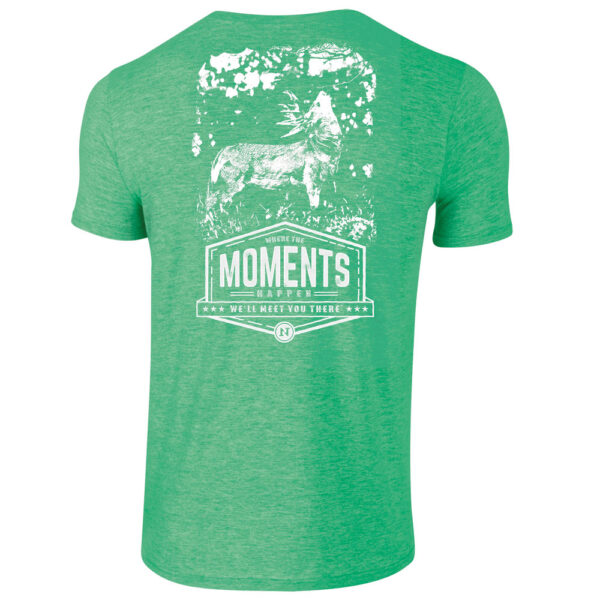
N1 Outdoors® N1 Moments™ Licking Branch Buck SS Tee
$5.00 Select options This product has multiple variants. The options may be chosen on the product page
.270 Winchester
The .270 Winchester is one of the world’s best deer hunting cartridges. It is likely the leading rifle for harvesting whitetail deer and has got the job done for over 90 years with few complaints. It is a classic caliber that can take down deer quickly.
The cartridge is based upon the .30-06 Springfield but the case is slightly longer by 0.050.”
The .270 Winchester shoots small diameter bullets at a high velocity with a manageable amount of recoil. The recoil of the cartridge can also be mitigated with the addition of using a reliable recoil pad.
The 130 and 150 grain slugs are the most popular choices of projectiles.
Although the .270 does not have as much power as the .30-06, it is still powerful enough for deer hunting at all reasonable hunting ranges.
It also has a very flat trajectory and offers great accuracy in good bolt action rifles. Furthermore, the caliber is available in many different rifles and its affordability and abundance for high-quality bullets are great.
.308 Winchester
Among calibers larger than 6mm, the .308 Winchester is the most popular short-action big-game hunting cartridge among hunters worldwide. Its relatively short case makes it especially suitable for short action rifles.
Short action rifles chambered for the .308 Winchester tend to be lighter in weight than long action rifles. This makes it easier on the shoulder.
The .308 was introduced when Winchester released it in 1952 in their Model 70 bolt-action rifle and Model 88 lever gun. There was instant success following their release. This is because of the accuracy delivered by this shorter rifle with a compact receiver.
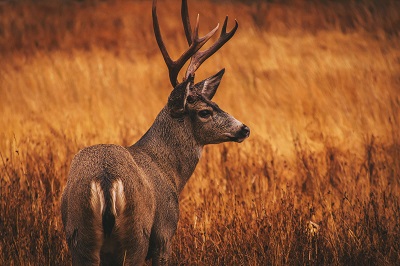
Will you be shooting on open ranges or in the woods and forests? These are important factors to consider when choosing the rifle caliber and cartridge that’s right for you.
Some still feel that the .30-06 is more superior for deer hunting because of the larger case and slight velocity advantages, but others appreciate the lighter weight of a short-action rifle.
The accuracy and squat powder column also make up for the slightly slower velocity.
The .308 Winchester has great ballistics. With the right factory load or hand load, this round can reach out 350 to 400 yards in hunting an Eastern or Midwestern whitetail.
Within 200 yards, it can deliver a swift and humane deer kill. It is also a versatile caliber with bullets from 110 grains up to 200 grains, depending on the game. For whitetails or mule deer, 150 to 168 grain projectiles are suggested, while 180 to 200 grain projectiles are good for larger game such as elk.
.25-06 Remington
The .25-06 was designed as a “dual-purpose” cartridge and is suitable for hunting all game whether small or big. The one rifle/cartridge combination is designed to cover a variety of hunting and shooting situations.
The .25-06 benefits from the newest premium bullet designs such as the Remington Core-Lokt Ultra Bonded, Barnes-X and the Swift A-frame. With these bullets, it becomes adequate for hunting larger animals like elk.
It has a remarkable big game shooting potential with any number of bullets from 100 to 120 grains. This caliber also offers mild recoil. It is hence said to be suitable for women and kids for hunting.
Being a .25 caliber, it also has an effective bullet weight range between 85 and 120 grains. This makes it a perfect rifle for double duty on game.
Having been considered a good cartridge back in the 1920s, the .25-06 is more so a good cartridge today thanks to modern slow-burning powders and premium projectiles.
Stiffer projectiles can handle the biggest deer and some rifle hunters use it for hunting elk.
.35 Remington
The .35 is another valuable caliber used in deer hunting. It can be used to hunt deer at approximately 135 yards so it is ideal for taking a mid-range shot. Its muzzle velocity is 2080 feet per second and energy of 1921 ft. lbs.
It is good for hunting in the woods and is a pleasure to carry around because it is light.
Remington marketed this cartridge as a superior alternative to the .30-30 Winchester. Though it only produces slightly more muzzle energy, the bullet sported is 18% heavier and has 35% more frontal surface area. This contributes to the difference in power of the cartridges.
Although it is a powerful cartridge when used under the right circumstances, the .35 Remington is one of the most underrated cartridges in the United States. The sad part is that the ammunition has started to fade away. It seems that there are fewer choices each year, which is bad news for those who love hunting with it.
.30-30 Winchester
The .30-30 was the very first smokeless powder cartridge for sport produced by Winchester.
In the modern era of hunting rifles, you would think that a cartridge with the performance level of a .30-30 would have already faded into obscurity because of how long ago it was produced. However, there is a reason why the .30-30 still appears in the top ten of the sales list of many ammunition companies.
-
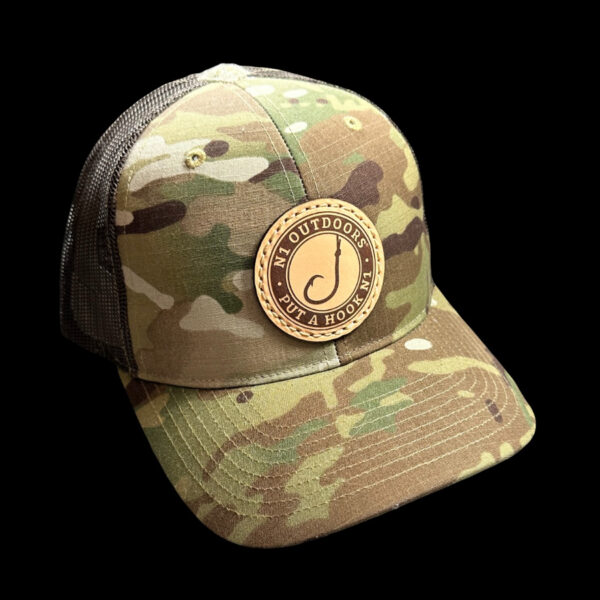
N1 Outdoors® Put A Hook N1™ Fish Hook Leather Patch Hat (Multicam/Coyote Brown)
$29.99 Select options This product has multiple variants. The options may be chosen on the product page -
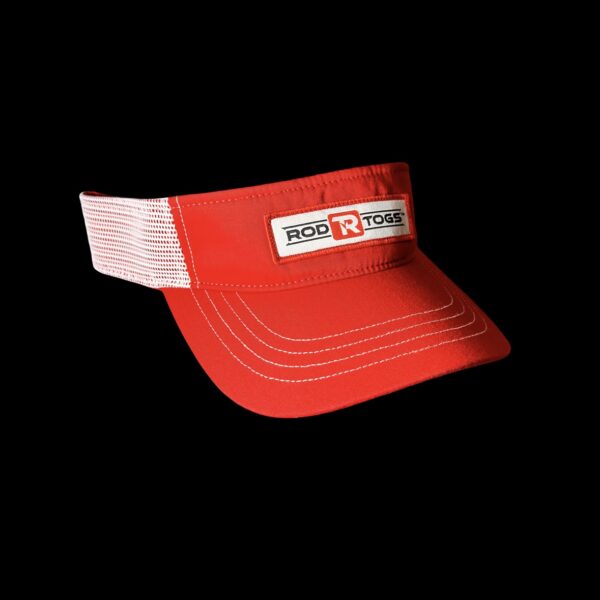
N1 Outdoors® RodTogs™ Patch Trucker Visor (Red w/White Mesh)
$26.99 Select options This product has multiple variants. The options may be chosen on the product page -
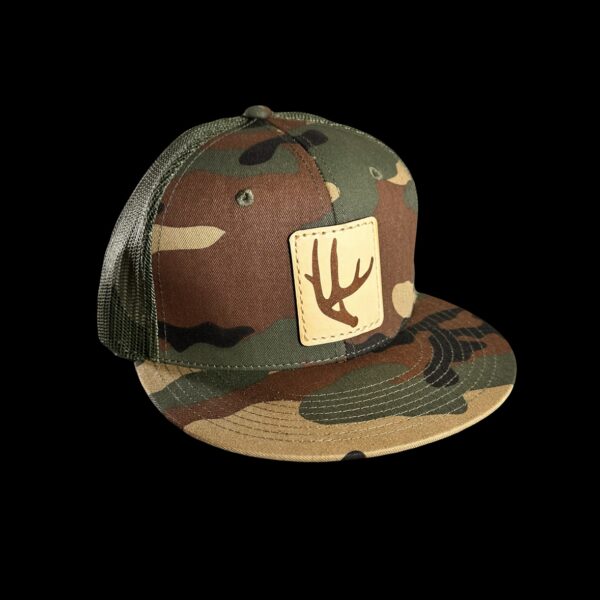
N1 Outdoors® Woodland Camo Deer Antler Flat Bill Hat
$29.99 Select options This product has multiple variants. The options may be chosen on the product page
The reason is that the .30-30 still works well today. In fact, it still remains the favorite of many deer hunters. It still yields good performance with cast lead bullets and generates low recoil, which is suitable for young hunters to hunt with. Some hunters may also continue using it for nostalgia sake.
Getting in touch with the hunting rifle heritage and using a lever-gun from our great grandfathers’ era has a special appeal to it.
Though it may be outperformed by other calibers in muzzle energy, the .30-30 Winchester has a high shooting ability. The downside is that it is lacking when it comes to longer range and open field settings.
It only has an effective range of 180 yards. But, if you hunt in the woods or forests, there is no reason not to shoot .30-30 if you are inclined to do so.
Conclusion
Overall, there is no single best caliber for hunting deer, but there may be one that is best suited to your preference.
Be sure to always practice proper firearm safety, which involves not only smart handling of your gun or rifle, but also being sure your firearm is cleaned and maintained properly. Visit your local gunsmith for maintenance and repairs. Or, if you do the maintenance yourself, you can utilize a gun vise for quick, easy and safe cleaning.
In choosing the best deer hunting caliber for yourself, make sure to look out for minimal recoil, maximum accuracy, aerodynamics and perfect striking energy. (The standard striking energy is 1000 ft. lbs which will be sufficient to kill a deer.)
When these are all in place, you are good to go!


